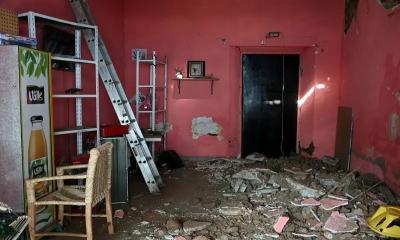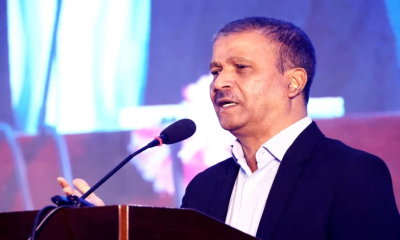Over 118,000 Rohingya have newly registered at several refugee camps in Cox’s Bazar, Bangladesh, according to officials from the Refugee Relief and Repatriation Commission (RRRC).
These arrivals, spread across camps in Ukhiya and Teknaf, reflect a steady influx over the past year, with the largest surge occurring in July last year.
The new refugees are currently receiving food aid, though decisions about permanent shelter allocation are still pending.
The influx has been driven by escalating conflict in Myanmar’s Rakhine State, particularly clashes between the Arakan Army and the Arakan Rohingya Salvation Army (ARSA).
One refugee, Abdul Gafur, who recently arrived at the Teknaf Shalbon camp, said that the Arakan Army began targeting Rohingya communities, accusing them of sheltering ARSA members. Rohingya homes have reportedly been seized, and men forced into labor to build army barracks.
Locals in Cox’s Bazar and adjoining areas report that most refugees are entering Bangladesh through four main points in Ghumdhum (Naikhongchhari), five in Palangkhali, and 13 others across Hoaikang, Nhila, and Sabrang unions. Refugees are also arriving by sea, crossing the Bay of Bengal in trawlers to reach areas including Cox’s Bazar, Maheshkhali, Anwara, Banshkhali, and Patenga in Chattogram.
While many Rohingya have entered official camps, others are reportedly staying hidden in local homes. Last Saturday, 35 Rohingyas were arrested by the Rapid Action Battalion (RAB) while trying to enter through the Muslimabad embankment in Patenga.
To contain the situation, security forces have intensified surveillance along the 45-kilometer Naf River border from Hoaikang in Teknaf to St. Martin`s Island.
Despite this, nighttime infiltration through remote border areas in Ukhiya and Naikhongchhari continues, admitted Lieutenant Colonel Ashikur Rahman, commander of the Teknaf-2 BGB Battalion.
Border patrols have been further reinforced to curb both infiltration and drug trafficking, added he.


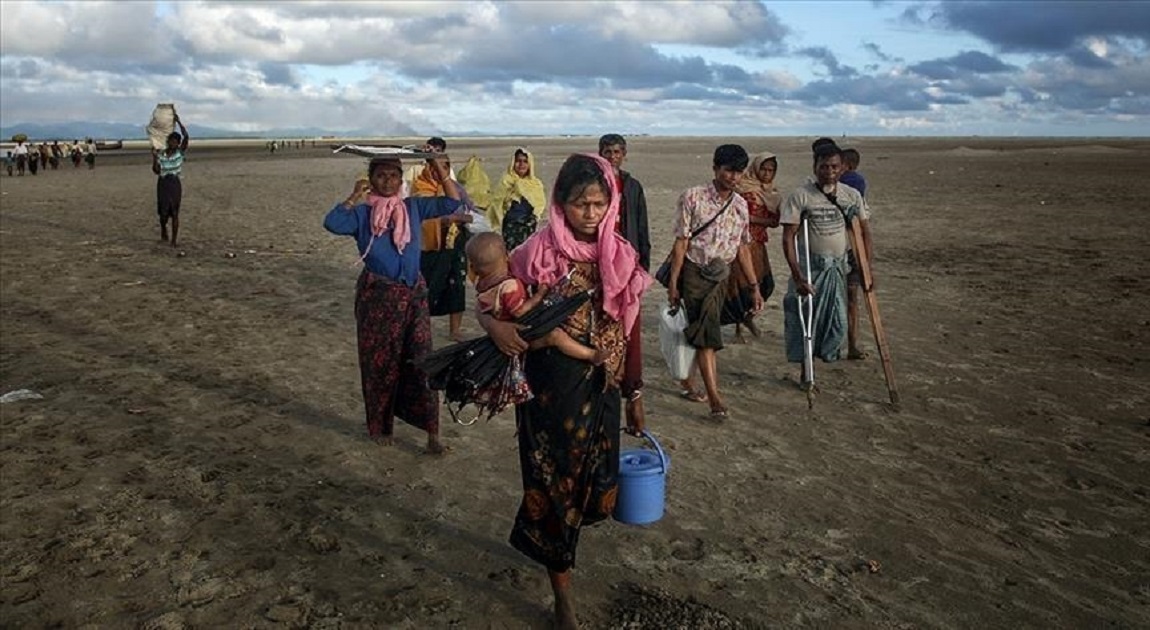

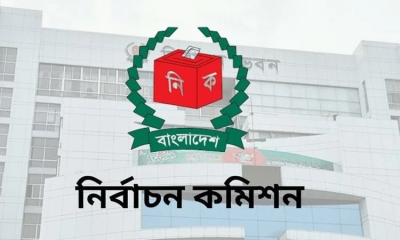
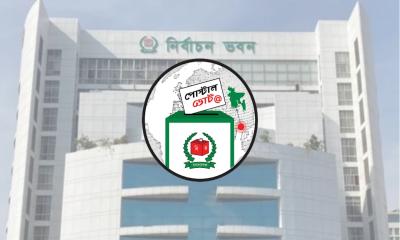
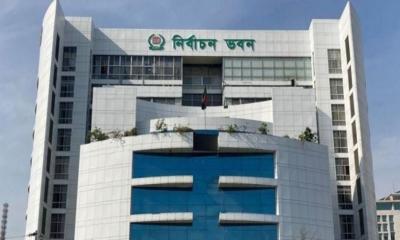

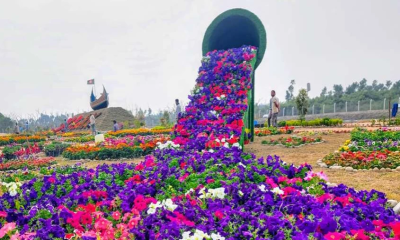
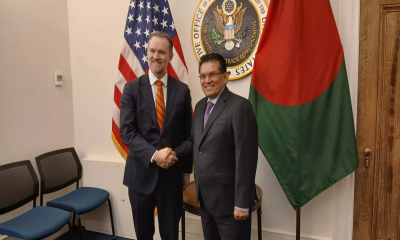

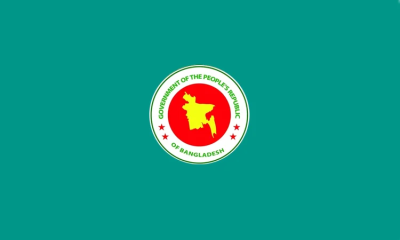
-20260109102341.webp)

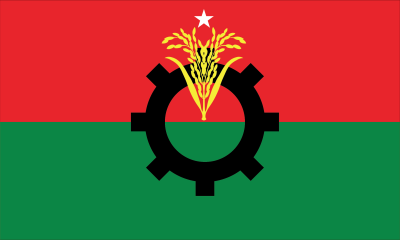
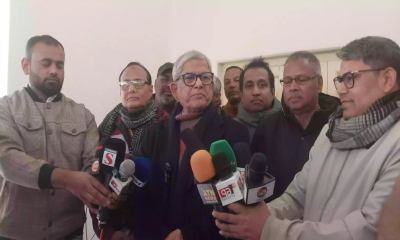

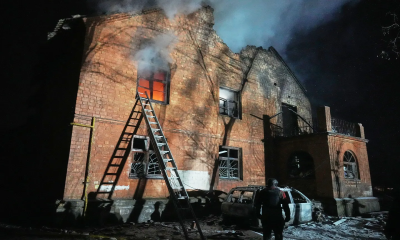
-20260108125417.webp)
-(2)-20260102070806.jpeg)

-(25)-20251122062715-20260105041159.jpeg)
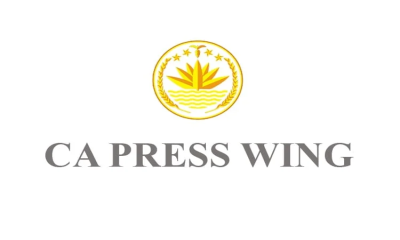

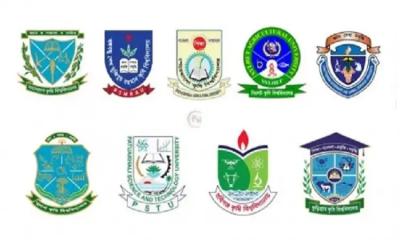
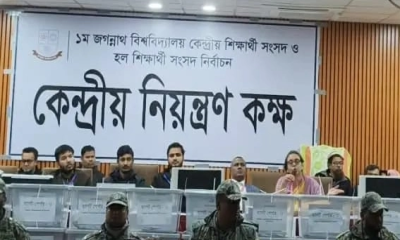
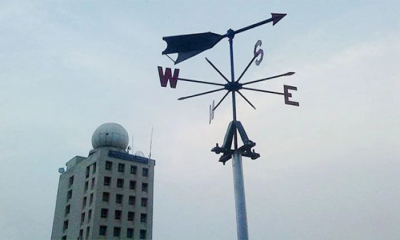
-20260103102222.webp)

